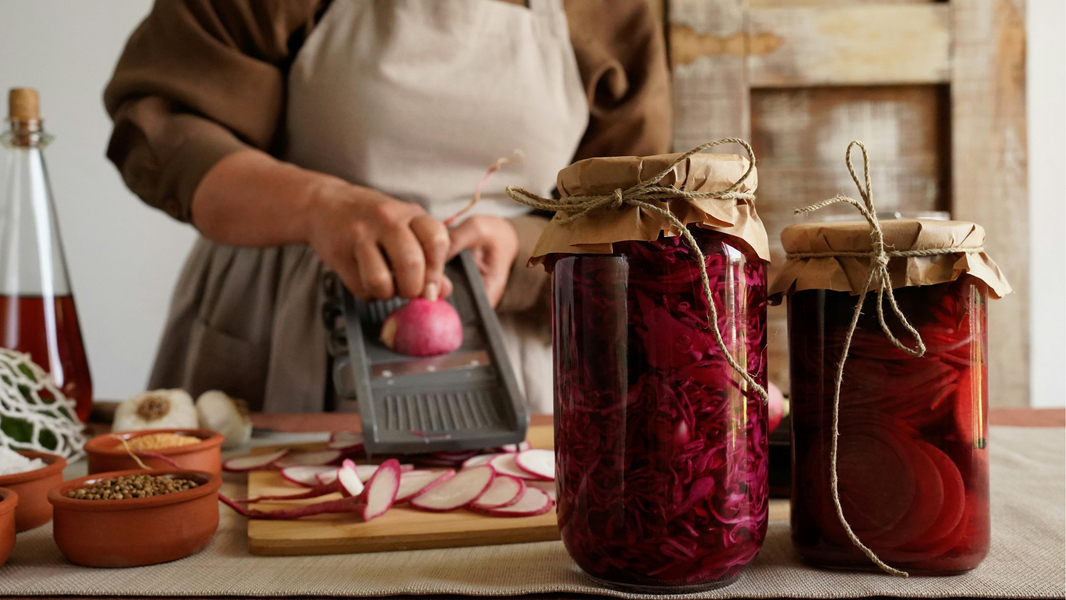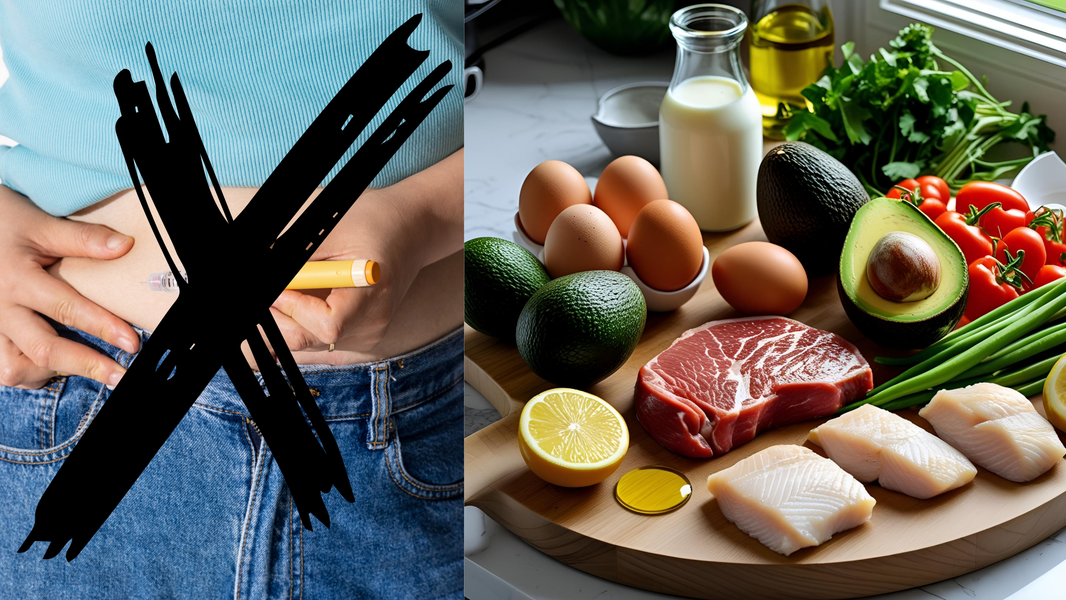Why do I need to rotate my proteins?
No one food has all the vitamins and minerals we need to be in our best health. That’s why it’s essential to include a variety of foods in your daily intake.
Protein, fat, and carbohydrates are called macronutrients or “macros.” Each macro contains specific nutritional needs for your physiological functioning.
Betr doesn’t focus on counting macros. But, it’s still vital to eat a good balance of macronutrients to meet all of your nutritional needs.
Many plant and animal products contain protein. Choosing various protein sources will ensure that you’re getting all of the different nutrients that protein provides.
Wild-caught Fish
We recommend choosing wild-caught fish because they tend to have higher ratios of Omega-3 fatty acids to Omega-6 fatty acids (Foran, 2005).
Omega fatty acids are healthy fats. Our bodies use them to produce hormones and neurotransmitters and help reduce inflammation. Some studies suggest that Omega-3 fatty acids may slow the progression of chronic inflammation such as rheumatoid arthritis, asthma, autoimmune diseases, and diabetes (Cleland, 2000).
Wild-caught fish is also a healthier choice because it is less likely to be exposed to antibiotics, additives, or environmental pollutants than farmed fish.
Organic
Betr recommends choosing organic meat when possible.
“Organic” doesn’t necessarily equal “perfect.” However, certified organic livestock is legally required to be raised on 100% organic feed and forage.
Organic livestock is also not administered antibiotics or hormones, reducing the number of inflammatory chemicals, hormones, and additives you could be ingesting with your protein.
Depending on the source of your organic meat, these animals are often raised in living conditions accommodating their natural behaviors (like the ability to graze on pasture). This allows the animal to be healthier, resulting in a more nutritious protein!
Plant Proteins
Studies have found that consuming more plant-based foods and less meat may be better for your health. Higher consumption of fruits and vegetables is associated with a lower risk of developing heart disease and other chronic illnesses. (Kim, 2019).
Consuming plant proteins can fuel your body with many essential vitamins and minerals that help keep inflammation at bay and prevent disease. Protein from plants also usually comes with a hefty dose of gut-healthy fiber!
Have you tried these Level 1 plant-based proteins before?:
Hemp seeds Chia seeds Quinoa Spirulina Tofu Lentils Raw shelled organic edamame
More Level 1 “non-meat” protein includes:
Eggs Cottage cheese Walnuts Almonds Chickpeas
Can I use protein powders?
During Level 1, we discourage consuming anything that comes from a bag, box, or bottle. These items often contain additional ingredients and additives that contribute to inflammation and interfere with the Betr process.
If you must use a protein powder, please consider keeping it to a moderate amount.
Cleland LG, James MJ. Fish oil and rheumatoid arthritis: Anti-inflammatory and collateral health benefits. J Rheumatol. 2000;27:2305–2306
Hodge L, Salone How to Meal Prep Making a plan ahead of time can be very helpful in staying on track during the Betr protocol. Breaking the steps of meal planning into 3 days and 3 steps, as discussed below, can relieve anxieties and overwhelm with meal prep so that you can enjoy the process with ease.
Plan your first week of meals in 3 easy steps!
Step 1: Choose 4-5 dinner recipes for the week. Make sure to alternate protein types so that you are not eating the same kind of meat or plants every day.
Step 2: Choose 2-3 snacks to alternate between meals. This could be fruit like apples and oranges, or if you have an active lifestyle you may opt for an activity fuel from the Level 1 list here.
Step 3: Create your lunches with leftovers from the previous day. If you have flank steak for dinner on day one, then you may use leftover steak on top of a bed of leafy greens and raw veggies with a homemade dressing for lunch on day 2.
We recommend as you choose your meals that you follow the 75% fruits and vegetables and 25% protein as pictured below. If possible, shoot for 70% raw fruits and veggies.
Meal prepping strategy:
Friday: Brainstorm 3-4 recipes and 2 snack items for the week. Make a grocery list with those ingredients.
Saturday: Grocery shop. Use the perimeter of the store as much as possible.
Sunday: Meal prep. Portion out your future meals so they can be easy to grab and go.
Under the ‘Nourish’ tab in the app, you can find our sample meal plans and over 200 Betr certified recipes which can be used to help you put together your plan.
You don't have to follow the meal plans exactly and can definitely swap ingredients out for other food items on the level 1 list! We just want to make sure you have enough variety so feel free to mix and match ingredients in the recommended recipes and meal plans based on your food preferences.
Tips: Avoid anything that comes from a bag, box, or bottle.
Try to eat foods in their form as close as they are to nature. For example, an apple looks the same when it grows on the tree and when you pick it up at the grocery store. Try to eat whole, unprocessed foods.
Get a variety of foods in! The more variety, the more chance of getting all of the vitamins and minerals your body needs to flourish.
Try new things! You may think you don’t like something on the Level 1 list, but this is a great time to challenge yourself and see foods differently. You may be surprised by what you can enjoy!
Cook in batches, or large amounts, on the weekend, so you can have multiple meals ready for the week.
If you don’t like to cook, check out our delicious meal delivery!
M, Peat JK. Consumption of oily fish and childhood asthma risk. Med J Aust. 1996;164:137–140.
Jeffery A. Foran, David H. Good, David O. Carpenter, M. Coreen Hamilton, Barbara A. Knuth, Steven J. Schwager, Quantitative Analysis of the Benefits and Risks of Consuming Farmed and Wild Salmon, The Journal of Nutrition, Volume 135, Issue 11, November 2005, Pages 2639–2643, https://doi.org/10.1093/jn/135.11.2639
https://www.ahajournals.org/doi/10.1161/JAHA.119.012865






